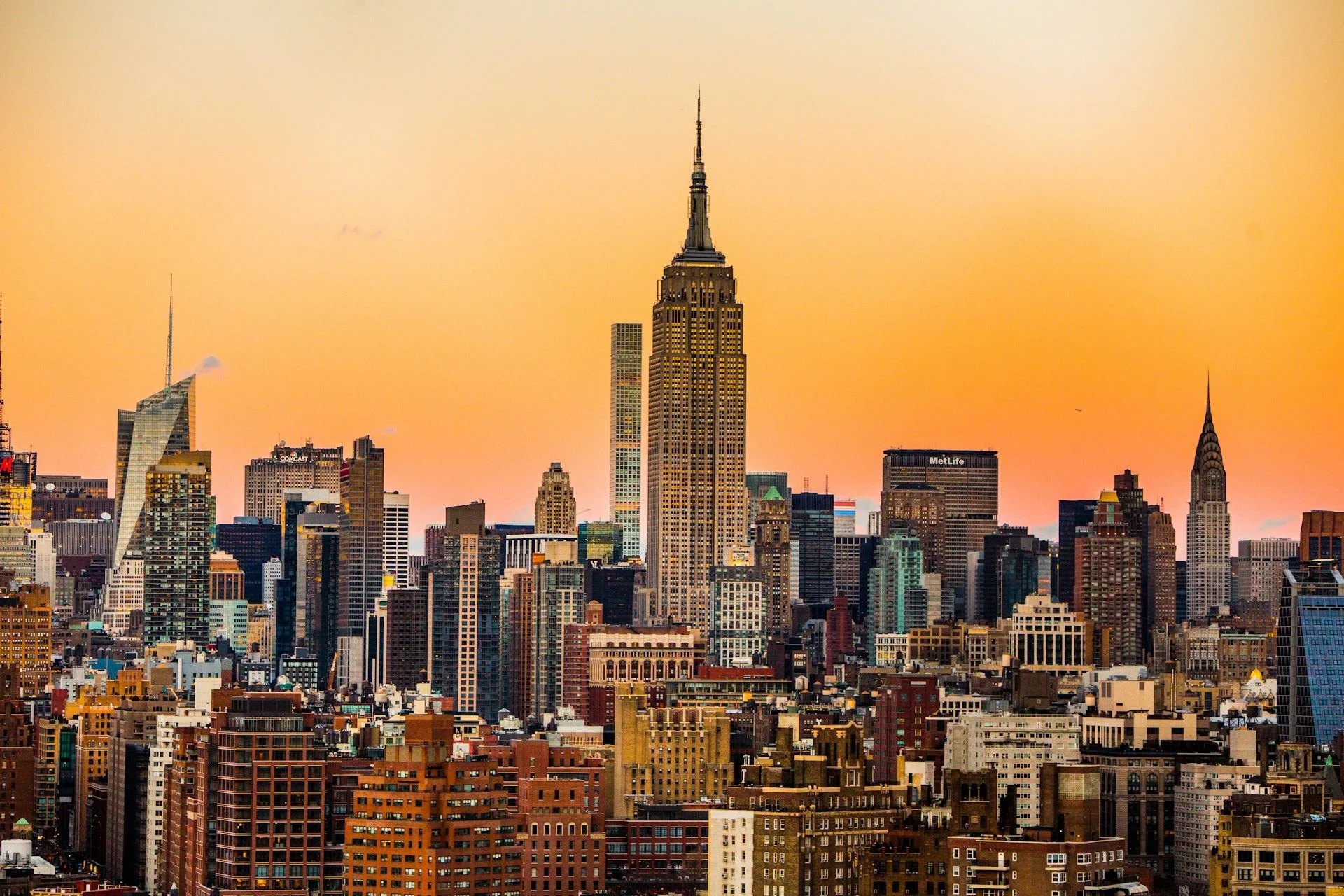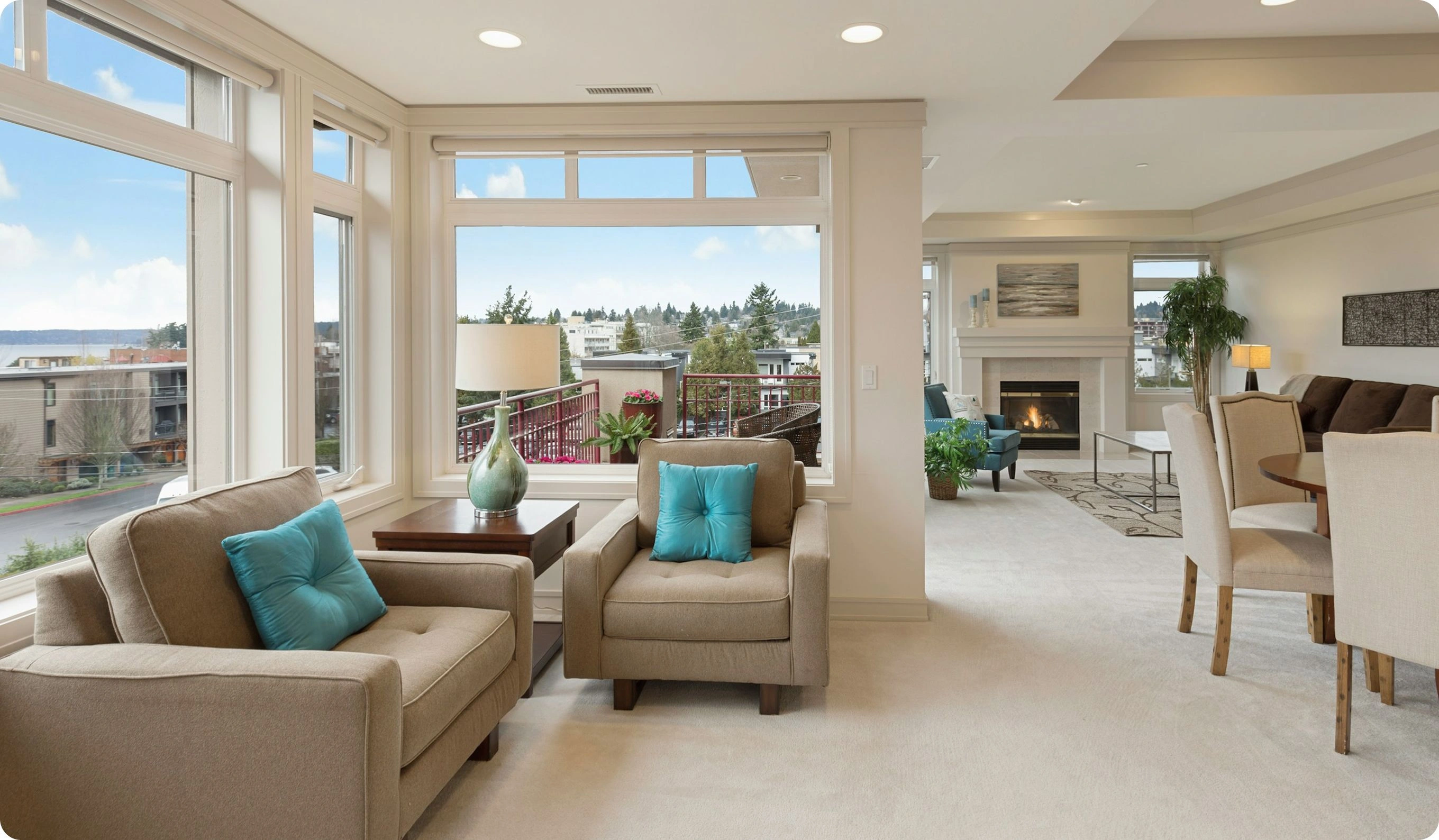Top Handpicked Secondary Real Estate in New YorkWhere the world walks fastand dreams big

Best offers
in New York
Benefits of investment in
USA real estate
World’s most diverse and mature real estate market
From New York to Miami to Austin, the U.S. offers every segment, price tier, and investment model.
Strong legal framework and financing options
Clear ownership rights, property protection, and mortgage accessibility attract global investors.
High rental yields in growing cities
Secondary markets like Dallas, Charlotte, and Tampa show excellent performance for rental income.
World’s most diverse and mature real estate market
From New York to Miami to Austin, the U.S. offers every segment, price tier, and investment model.
Strong legal framework and financing options
Clear ownership rights, property protection, and mortgage accessibility attract global investors.
High rental yields in growing cities
Secondary markets like Dallas, Charlotte, and Tampa show excellent performance for rental income.

Useful articles
and recommendations from experts
Main title about secondary real estate in New York
Why secondary properties attract buyers
Secondary real estate in New York provides instant access to fully operational homes in one of the world’s most liquid and high-demand markets, bypassing the long construction timelines, permit backlogs and unpredictable delivery schedules of new-build projects. Pre-owned condominiums, co-ops, townhouses and brownstones across Manhattan, Brooklyn, Queens, the Bronx and Staten Island arrive turnkey ready, connected to robust civic services that include potable water supplied by the NYC Department of Environmental Protection, uninterrupted Con Edison electricity enhanced by neighborhood microgrids, mature combined sewer and stormwater systems, and sealed asphalt and concrete roads maintained by the Department of Transportation. Telecommunications infrastructure is equally mature, featuring high-speed fiber-to-the-premises broadband from Verizon Fios, Spectrum and RCN. Many properties retain iconic New York architectural details—exposed brick walls, crown moldings, decorative radiators and pre-war hardwood floors—while interiors have been comprehensively modernized: energy-efficient double glazing, custom open-plan chef’s kitchens with Sub-Zero and Wolf appliances, reinforced concrete footings engineered for seismic resilience, integrated smart-home systems controlling lighting, HVAC and security, and turnkey luxury finishes in marble, brass and hardwood. This genuine move-in readiness slashes carrying and holding costs, accelerates rental cash flows and empowers buyers—be they international hedge-fund managers, creative professionals, young families or seasoned investors—to begin generating returns or enjoying elevated city living from day one. Transparent historical sales and leasing transaction records from the ACRIS database and leading brokerage portals provide robust comparables and valuation benchmarks, enabling rigorous risk assessments underpinned by VelesClub Int.’s end-to-end advisory expertise.
Established neighbourhoods
New York’s secondary-market ecosystem is anchored by several mature precincts, each offering unique lifestyle and investment advantages. In Manhattan, neighborhoods such as the Upper East Side, Greenwich Village and Chelsea deliver pre-war co-op apartments and modern condominium towers with on-site doormen, valet parking and landscaped rooftop terraces overlooking Central Park and the Hudson River. Brooklyn’s prime micro-markets—Brooklyn Heights, Park Slope, Williamsburg and DUMBO—feature renovated brownstones, loft conversions and purpose-built condos with private gardens, high-ceilinged living spaces and panoramic skyline views. Queens precincts like Long Island City, Astoria and Forest Hills combine turnkey high-rise units with low-rise co-ops, offering proximity to corporate office campuses and major subway lines. The Bronx’s Riverdale and Pelham Bay showcase suburban-style houses and garden-apartment complexes in gated enclaves, prized for top-rated schools and leafy parks. Staten Island’s St. George and Great Kills present renovated Victorian homes and mid-century ranch houses near waterfront promenades and ferry terminals. Across all boroughs, comprehensive civic services—well-maintained roadways, reliable water and power mains, trash and recycling collection, integrated MTA bus, subway and ferry networks—operate seamlessly, ensuring minimal post-purchase capital expenditure and swift integration into New York’s dynamic urban fabric.
Who buys secondary real estate
Buyers in New York’s resale segment represent a broad cross-section of high-net-worth individuals, corporate clients, and local end-users. International finance and tech executives secure turnkey apartments in Tribeca, the Financial District and Hudson Yards, drawn by proximity to headquarters of major banks, hedge funds and Fortune 500 firms, as well as fully managed condo services. Creative professionals—film-makers, designers, musicians—lease lofts and studio-style flats in SoHo, Williamsburg and Long Island City for flexible multi-use space and vibrant cultural scenes. Young families and dual-career couples purchase multi-bedroom apartments and townhouses in Park Slope, Riverdale and Battery Park City for top public and private schools, child-friendly parks and community amenities. University affiliates—professors, grad students—opt for renovated walk-ups and co-op studios near Columbia University, NYU and The New School, valuing all-bills-included maintenance and convenient campus shuttle services. Retirees and downsizers gravitate to modern condos with full building services in Midtown East and Upper West Side, offering easy access to medical centers like NYU Langone and Columbia Presbyterian. Diaspora investors from Europe, Asia and the Middle East acquire small multi-unit residential buildings and mixed-use properties in emerging Brooklyn and Queens neighborhoods for yield-focused portfolios, leveraging documented occupancy metrics and clear exit strategies developed by VelesClub Int. Across segments, common drivers include immediate move-in readiness, transparent co-op or condo board approvals, and integration into mature infrastructure networks that underpin predictable cash flows.
Market types and price ranges
New York’s secondary real-estate landscape spans a full continuum of property typologies and price tiers to accommodate diverse investment strategies and lifestyle preferences. Entry-level studio and one-bedroom apartments in outer boroughs—East Elmhurst, Jackson Heights and Kingsbridge—start from approximately USD 400,000 to USD 700,000, offering turnkey finishes, in-unit laundry and proximity to subway lines. Mid-range two- to three-bedroom co-ops and condos in Brownstone Brooklyn (Park Slope, Clinton Hill) and Upper Manhattan (Washington Heights, Harlem) trade between USD 800,000 and USD 2 million, featuring granite kitchens, modern baths, private outdoor space and secure parking garages. Premium loft conversions, penthouses and townhouses in prime Manhattan micro-markets—Chelsea, West Village, Upper East Side—command USD 2 million to over USD 10 million, driven by pre-war architectural character, rooftop terraces, panoramic skyline views and world-class building amenities. For institutional and portfolio investors, small multifamily rental buildings (4–8 units) in emerging neighborhoods like Bushwick, East New York and Jamaica, Queens list between USD 1 million and USD 4 million, delivering diversified rental streams and economies of scale. Financing options through top New York banks—Citibank, JPMorgan Chase, Bank of America—and private lenders offer competitive mortgage and commercial loan packages (3.5%–5.5% per annum) with typical down payments of 20%–30%. Documented net rental yields range from 3%–6% annually across core corridors—benchmarks integrated by VelesClub Int. into proprietary yield-modelling and strategic acquisition-planning tools.
Legal process and protections
Acquiring secondary real estate in New York follows a rigorous conveyancing and co-op/condo approval framework governed by state and local statutes. Transactions begin with a signed contract of sale and earnest money deposit (typically 5% of purchase price) held in escrow by the seller’s attorney. Buyers conduct due diligence: review of the Building’s offering plan (for condos), proprietary lease and financials (for co-ops), title search through ACRIS, and survey verification. Co-op purchasers submit board packages—including financial statements, board references and personal interviews—while condo buyers face streamlined board approval. An attorney’s review period (5–10 days) allows contract negotiation, title review and Lender’s title insurance procurement. Upon contract expiration, mortgage and down-payment funds are arranged, and settlement is scheduled at the seller’s attorney’s office. At closing, transfer taxes (1% of purchase price for co-ops; 1.425% to 2.625% for condos), mansion tax (1%–3.9% on sales above USD 1 million), and recording fees are paid. The deed or proprietary lease is recorded, title is transferred, and occupancy is granted. Residential buyers benefit from statutory disclosures and anti-fraud protections; title insurance and homeowner’s insurance policies guard against latent defects and liability. VelesClub Int. orchestrates each step—due diligence coordination, board-package preparation, attorney-liaison and closing logistics—to ensure compliance, mitigate risk and deliver a seamless acquisition experience for both domestic and international clients.
Best areas for secondary market
Certain New York micro-markets stand out for infrastructure maturity, amenity density and rental performance. Manhattan’s Upper East Side and Midtown East deliver stable yields of 3%–4% backed by corporate and institutional tenancy. Downtown neighborhoods—Tribeca, Greenwich Village and Financial District—achieve 3%–5% net returns driven by premium short-term and corporate leases. Brooklyn’s Park Slope and Brooklyn Heights sustain yields of 4%–6% from family and professional tenants, while emerging enclaves like Bushwick and Gowanus deliver 6%–8% yields underpinned by creative industries and adaptive-reuse conversions. Queens pockets—Long Island City, Astoria and Forest Hills—offer 5%–7% returns due to proximity to Manhattan, transit expansion and university-affiliated leases. The Bronx’s Riverdale and Pelham Bay suburbs yield 5% from stable residential demand, and Staten Island’s St. George waterfront achieves 4%–5% through ferry-connected leases. Each precinct benefits from sealed streets, reliable water and power infrastructure, integrated MTA and ferry links, high-speed broadband, and proximity to top schools, hospitals and cultural venues—ensuring transparent pricing, consistent occupancy and robust resale liquidity. VelesClub Int.’s proprietary neighborhood-scoring methodology and on-the-ground research guide clients to the sub-markets that optimally align yield targets, capital-growth forecasts and lifestyle preferences within New York’s dynamic secondary-real-estate ecosystem.
Why choose secondary over new + VelesClub Int. support
Opting for secondary real estate in New York delivers immediate possession, proven civic infrastructure and transparent transaction histories—advantages unrivaled by speculative new-build developments subject to zoning approvals, construction delays and market volatility. Buyers avoid pre-launch pricing premiums and extended delivery timelines by selecting turnkey assets with operational water, power, broadband and building services already in place. Secondary properties often showcase irreplaceable New York character—pre-war moldings, exposed brick, original hardwood floors—that new constructions cannot replicate, enhancing authenticity and long-term desirability. Lower entry premiums relative to off-plan projects free up capital for interior personalization, energy-efficiency upgrades (solar PV installations, smart HVAC) or strategic portfolio diversification across multiple boroughs. Mature neighborhood services—reliable DEP water supply, uninterrupted Con Edison power, sealed roads, integrated subway, bus and ferry links, high-speed broadband and world-class medical and educational institutions—ensure seamless move-in and minimal post-purchase maintenance. VelesClub Int. elevates the acquisition journey with comprehensive end-to-end expertise: sourcing exclusive off-market listings, conducting exhaustive due diligence, negotiating optimal terms and managing all legal formalities. Our post-closing property management solutions—tenant placement, preventive maintenance coordination and transparent performance reporting—optimize occupancy rates and preserve capital value over time. Through proactive portfolio monitoring, annual market reviews and strategic advisory, VelesClub Int. empowers clients to maximize New York’s secondary real estate potential with confidence, clarity and operational efficiency.
